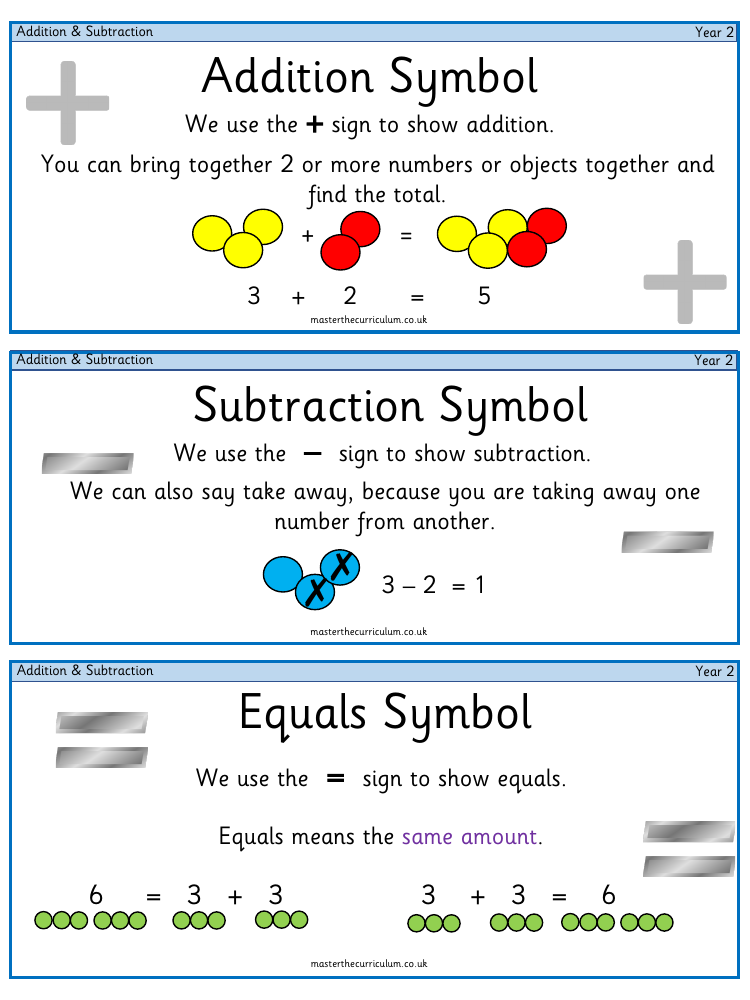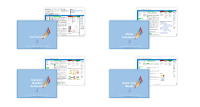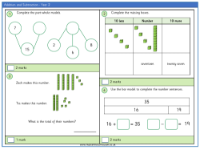Addition and subtraction - Vocabulary

Maths Resource Description
In Year 2, students are introduced to fundamental concepts of addition and subtraction, beginning with the symbols that represent each operation. The addition symbol (+) denotes the combination of two or more numbers or objects to find a total sum, while the subtraction symbol (−) indicates the removal of one number from another. The equals symbol (=) is used to express that two amounts are the same. Learning these symbols is crucial as they form the basis of number sentences, which are expressions containing numbers and symbols that show how numbers are related through addition or subtraction.
Concepts such as the part-whole model are taught to help children visualise how different parts come together to form a whole number. Partitioning is another key skill, where numbers are divided into smaller parts, such as tens and ones, to simplify calculations. The curriculum also covers number bonds, which are pairs of numbers that add up to a given total, and fact families, which use a set of related numbers to create different equations. Students are encouraged to use systematic methods and patterns to understand sequences of numbers, and they compare numbers using inequality symbols to determine which are greater or less than others. Concrete objects and bar models serve as visual aids to solve problems, while the concept of the inverse operation helps children understand the relationship between addition and subtraction. Other important terms include efficient methods, the sum of numbers, the exchange of equivalent values, and crossing ten, which refers to calculations that pass a multiple of ten.

